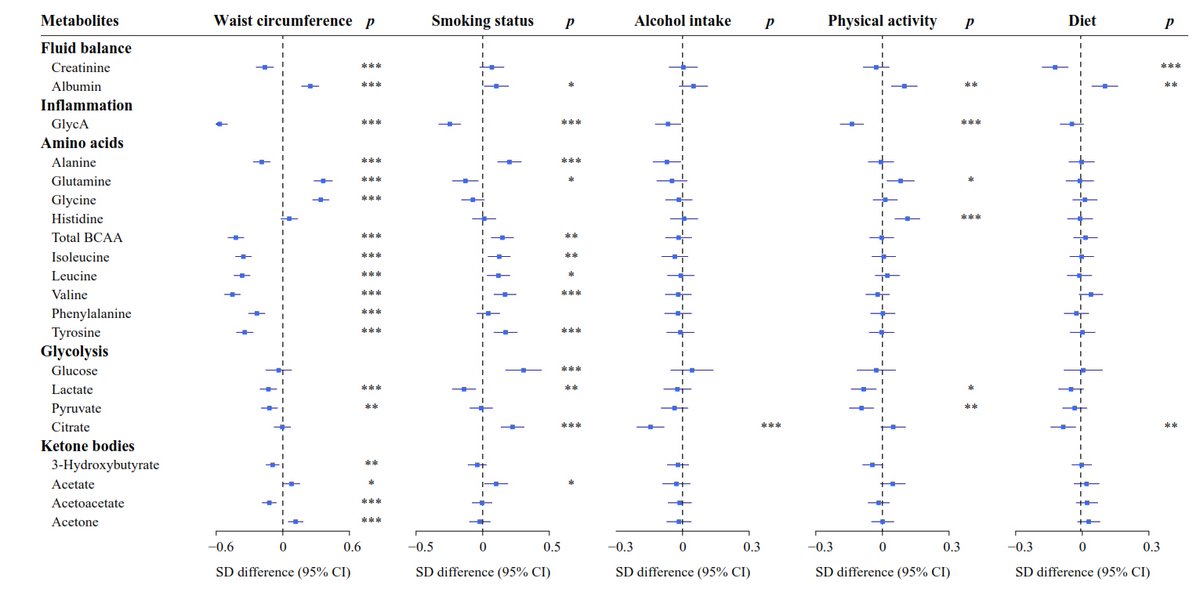
This one suggests that intermittent fasting with higher-quality, nutrient-dense meals that are evenly spaced throughout the day and provide 20-40g of protein may be superior to a heart-healthy caloric restriction diet in terms of body composition outcomes. 

- The IF approach used is a modified IF regimen, which allows consumption of 20% to 25% of energy needs on scheduled fasting days (36-60hrs/wk).
For the rest 5 or 6 days of the week, a meal plan with a macronutrient distribution targeting 35% protein, 35% carbohydrate, and 30% fat was delivered.
- Participants assigned to the heart-healthy caloric restriction diet followed specific guidelines of the National Cholesterol Education Program Therapeutic Lifestyle Changes (TLC) diet of the American Heart Association.
The specific macronutrient distribution was <35% of kcalories as fat; 50% to 60% of kilocalories as carbohydrates; <200 mg/dL of dietary cholesterol; 20 to 30 g/d of fiber; and low sugar intake (<50 g/d).
- So the diets were isocaloric but not isonitrogenous.
- Both groups had similar energy intakes (~1400 kcal/d) and physical activity energy expenditure (~350 kcal/d) over the entire 8-week intervention; however, the intermittent fasting group lost >3 kg BW compared with caloric restriction.
This weight loss was accompanied by twice as much fat mass and visceral fat mass loss while increasing the proportion of free fat mass:total body mass ratio compared with the calorie restriction group.
- The intermittent fasting intervention also resulted in a 42% reduction in desire to eat compared with calorie restriction.
- Finally, both interventions improved cardiometabolic health, including reductions in blood pressure, total and low-density lipoprotein cholesterol, and triglycerides.
Interestingly, HDL-c also decreased in both groups and to a greater extent in the intermittent fasting group.
Intermittent fasting and protein pacing are superior to caloric restriction for weight and visceral fat loss (open access)
doi.org/10.1002/oby.23…
#nutrition #diet #weightloss #Fasting #IntermittentFasting #protein
doi.org/10.1002/oby.23…
#nutrition #diet #weightloss #Fasting #IntermittentFasting #protein
• • •
Missing some Tweet in this thread? You can try to
force a refresh












